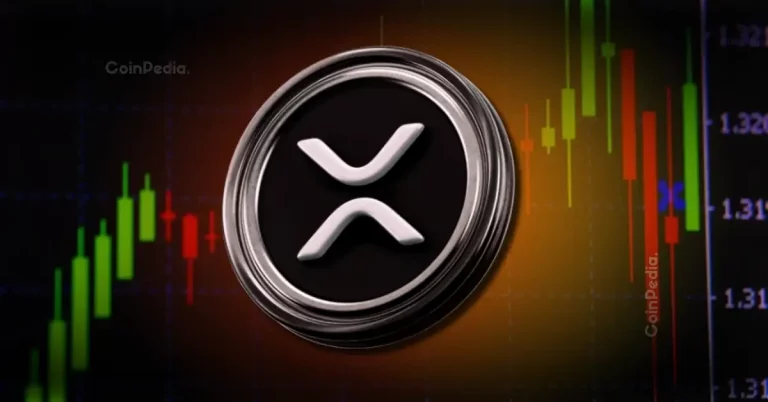
Bitcoin’s Death Cross: What Crypto Investors Need to Know
Bitcoin and Ethereum, two of the largest cryptocurrencies, are facing challenging times as their prices continue to plummet, triggering bearish signals across the market. With the crypto market currently sitting at $3.04 trillion and an ongoing sentiment of extreme fear, investors are left wondering if more declines are imminent or if a bounce-back is within reach.
What is a Death Cross and Why Does It Matter?
The term ‘Death Cross’ refers to a strong bearish indicator that occurs when the 50-day Exponential Moving Average (EMA) falls below the 200-day EMA. For Bitcoin, this dreaded pattern is now in full effect, highlighting longer-term bearish momentum. As of today, Bitcoin’s price has slipped below the psychologically critical $90K mark, bringing its current price to approximately $88,605—its lowest in seven months.
Technical Indicators Signal Continued Downtrend
A cluster of technical indicators paints a bleak picture for Bitcoin:
- The Average Directional Index (ADX), which measures trend strength, is at 38.25, signaling an exceptionally strong downtrend.
- The Relative Strength Index (RSI) is currently at 27.12. An RSI below 30 is considered oversold, suggesting a potential rebound might occur soon, though sellers remain in control for now.
- The Squeeze Momentum Indicator, which helps detect major market shifts, shows strong bearish impulses, emphasizing downside pressure.
With these indicators at play, Bitcoin’s next significant support levels are likely near $84,451 and $71,486.
Ethereum Faces Similar Challenges
Ethereum, the second-largest cryptocurrency, is not faring much better. The asset recently endured a 6.73% drop, closing at $2,911. While Ethereum’s 50-day EMA is still above its 200-day EMA (a golden cross), signaling intact long-term bullish structure, immediate bearish momentum dominates. A potential death cross for Ethereum looms just days away if prices continue to dip.
Technical indicators for Ethereum include:
- The ADX is at a robust 42.4, suggesting an even stronger downtrend than Bitcoin.
- The RSI is flirting with oversold territory at 30.92, indicating downward momentum but with the possibility of a rebound soon.
Ethereum needs to hold the $2,700 – $2,800 range to avoid further losses. Below this range, the next support levels are at $2,300 – $2,500.
How Investors Can Navigate the Bearish Market
For those navigating this volatile market, caution is key. The bearish sentiment dominates the markets as traders anticipate further losses, with prediction platforms like Myriad favoring further declines for both Bitcoin and Ethereum. Approximately 73.3% of traders on Myriad are betting on Bitcoin slipping to $85K or lower, while 67% predict Ethereum will touch $2.5K or worse.
On the flip side, oversold conditions on both Bitcoin and Ethereum suggest that a sharp rebound is possible if key support levels hold. Risk-tolerant investors might watch closely for signs of a reversal to enter the market at attractive valuations.
Reassess Your Investment Strategy
If you’re looking to enter or stay in the cryptocurrency market, educating yourself on tools like EMAs, RSI, and ADX is critical to spot trends and act accordingly. For investors seeking alternative options during bearish markets, consider experimenting with assets that retain their value more reliably.
Recommended Product: Ledger Nano X
In times of market uncertainty, ensuring the security of your crypto is vital. The Ledger Nano X hardware wallet is a trusted solution for securely storing Bitcoin, Ethereum, and other altcoins. With its robust encryption and mobile connectivity, it’s a must-have for any serious crypto investor. Explore more at Ledger’s official site.
Conclusion
As Bitcoin and Ethereum face significant bearish trends with the appearance of the death cross, the market has entered turbulent territory. While technical indicators suggest possible rebounds at oversold levels, maintaining caution and safeguarding your investments is crucial. Investors should monitor critical price levels and stay informed on broader macroeconomic developments to make well-informed decisions moving forward.



